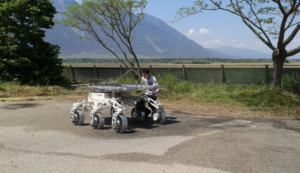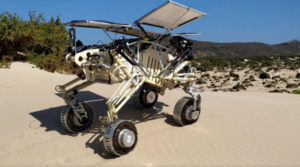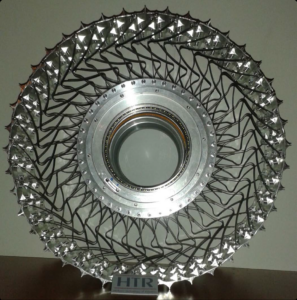Among the good news of the season is the effort of the Greek company HTR (Hellenic Technology of Robotics) to research and manufacture robotic vehicles (rovers) for planetary exploration missions, using solar energy.
In these missions of the coming years, the rovers will have to move at speeds of several kilometers per hour (compared to the much slower rovers, at a speed of one hundred meters per hour, currently exploring the planet Mars).
Also future rovers will need to be able to carry a large payload.
Greece’s HTR has to offer the highly efficient, all-metal flexible wheels it has designed and patented, a creation following its recent contract with the European Space Agency (ESA).

HTR’s wheels have also been tested by the American company Astrobotic and found them suitable for the Cube Rover missions to the Moon.
The company has secured from Astrobotic the order of dozens of such wheels for these missions that will take place in the period 2024 – 2028.

Potentially alive 830-million-year-old organisms found trapped in ancient rock
The first mission will be of particular importance, as the HTR wheels will be the first European object to set foot on the ground of the Moon in human history.

HTR is currently conducting large-scale tests with its solar-powered rover. It is equipped with active suspension on each wheel/leg, with the aim of investigating the energy consumed and the traction of the wheels, under various ground conditions, at a variety of loads and speeds.
The result is expected to help in the understanding of critical parameters, which affect the cost of transportation in various terrains, on Earth, as well as on the Lunar surface.
Source: Ptisidiastima.com
Ask me anything
Explore related questions





